Archives
- 2025-12
- 2025-11
- 2025-10
- 2025-09
- 2025-03
- 2025-02
- 2025-01
- 2024-12
- 2024-11
- 2024-10
- 2024-09
- 2024-08
- 2024-07
- 2024-06
- 2024-05
- 2024-04
- 2024-03
- 2024-02
- 2024-01
- 2023-12
- 2023-11
- 2023-10
- 2023-09
- 2023-08
- 2023-07
- 2023-06
- 2023-05
- 2023-04
- 2023-03
- 2023-02
- 2023-01
- 2022-12
- 2022-11
- 2022-10
- 2022-09
- 2022-08
- 2022-07
- 2022-06
- 2022-05
- 2022-04
- 2022-03
- 2022-02
- 2022-01
- 2021-12
- 2021-11
- 2021-10
- 2021-09
- 2021-08
- 2021-07
- 2021-06
- 2021-05
- 2021-04
- 2021-03
- 2021-02
- 2021-01
- 2020-12
- 2020-11
- 2020-10
- 2020-09
- 2020-08
- 2020-07
- 2020-06
- 2020-05
- 2020-04
- 2020-03
- 2020-02
- 2020-01
- 2019-12
- 2019-11
- 2019-10
- 2019-09
- 2019-08
- 2019-07
- 2019-06
- 2019-05
- 2019-04
- 2018-11
- 2018-10
- 2018-07
-
The macrophage is the major cell type
2024-07-24
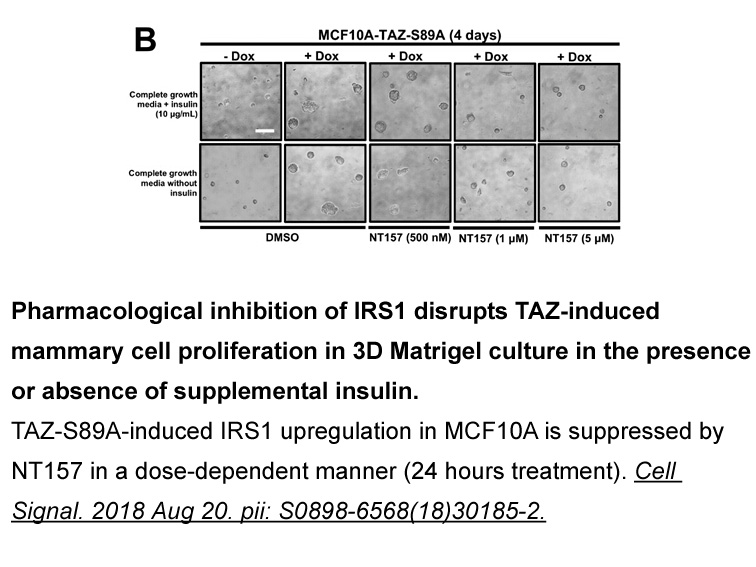
The macrophage is the major cell type responsible for cholesterol uptake and metabolism associated with the initiation and progression of atherosclerosis in focal areas of the arterial subendothelial space. In advanced atherosclerotic lesions of cardiovascular disease, cholesterol-induced macrophage
-
Epithelial mesenchymal transition EMT is the process by whic
2024-07-24
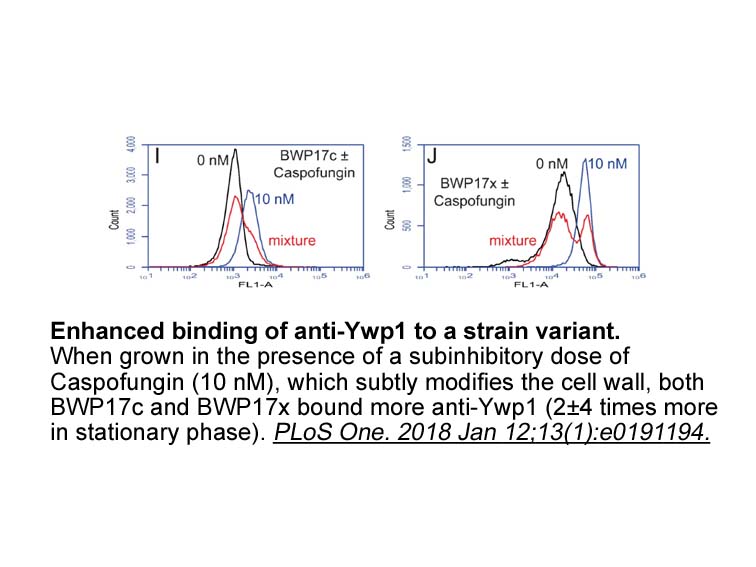
Epithelial-mesenchymal transition (EMT) is the process by which epithelial cells are trans-differentiated into motile mesenchymal cells. During EMT, epithelial cells reorganize their cortical SF1670 cytoskeleton, lose their junctions and apical-basal polarity, change cell shape, and reprogram gene
-
Further analysis sought to understand the mechanism associat
2024-07-24
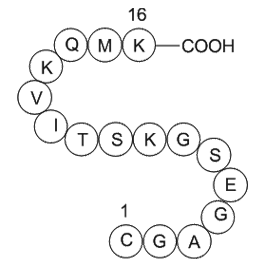
Further analysis sought to understand the mechanism associated with the autotaxin-mediated increase of miR-489-3p in circulation. Based upon sequence complementarity, DIANA TarBase predicted miR-489-3p targets MAPK2K1, or MEK1, an oncogene widely dysregulated in cancer (Fig. 4A). To test this relati
-
br Introduction Cadmium is a major component of heavy metal
2024-07-24
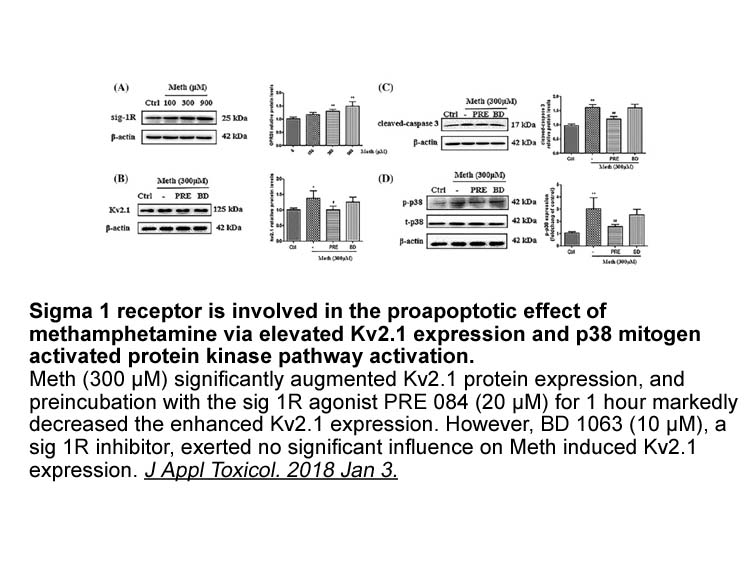
Introduction Cadmium is a major component of heavy metal pollution. Phytoremediation is considered to be the more effective method for recovering contaminated soil [[1], [2], [3], [4]] via cadmium absorption, transport, and accumulation. Several cadmium-associated proteins have previously been we
-
Most of lipid lowering agents have many therapeutic problems
2024-07-24
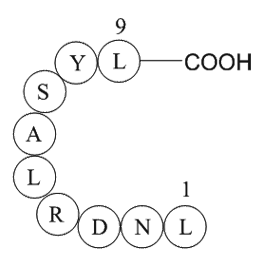
Most of lipid-lowering agents have many therapeutic problems with severe side effects, while dietary fibers as lipid lowering therapy are safer. Chitosan (CS) is a dietary fiber biodegradable, biocompatible and has many health benefits including wound healing, antiinflammatory, anti-cancers, immune-
-
The studies have described that
2024-07-23
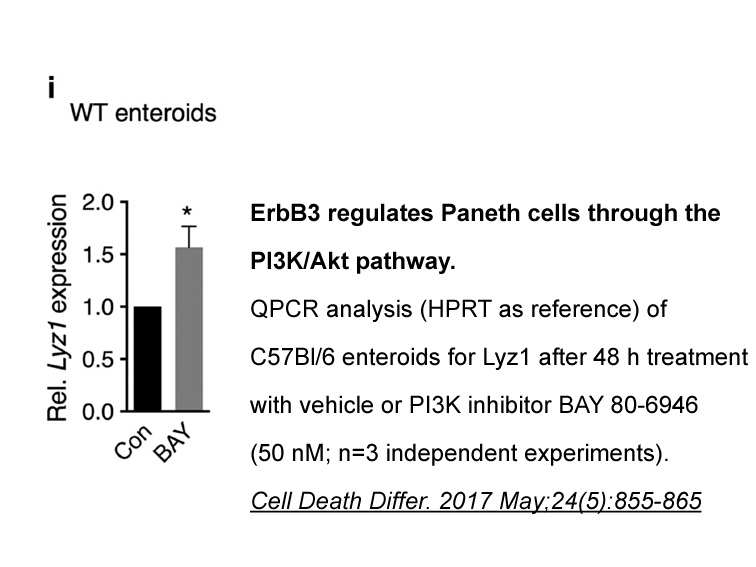
The studies have described that Candida non-albicans are considered as remarkable pathogenic agents of OPC, and among them, C. tropicalis and C. glabrata are known as major strains that may replace C. albicans as the greatest causing agent of this infection [20], [21]. It has been shown that Candida
-
br Obstructing SNARE zippering Sharma et al demonstrated for
2024-07-23
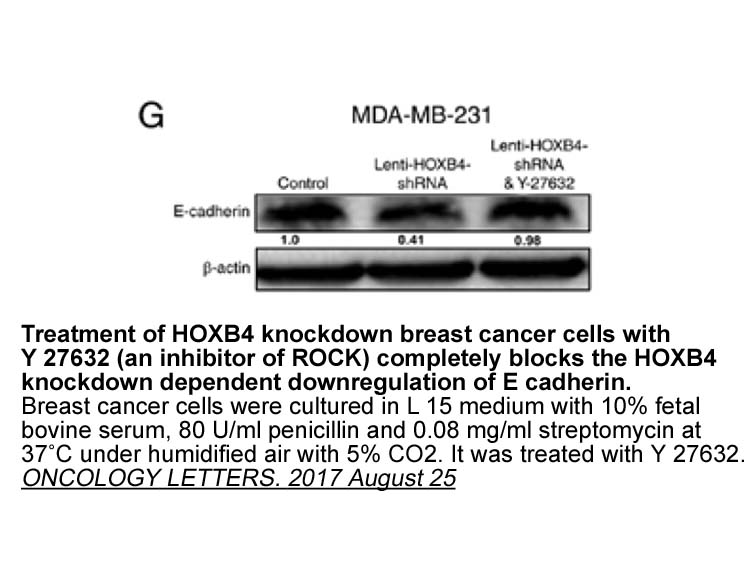
Obstructing SNARE “zippering” Sharma et al. demonstrated for the first time that in the postmortem AD brains, the level of SNARE complex formation, which is necessary for driving synaptic vesicle fusion at the presynaptic active zone, is significantly reduced [123]. In the absence of changes in e
-
Recently Kamoshita et al evaluated a mouse model of retinal
2024-07-23
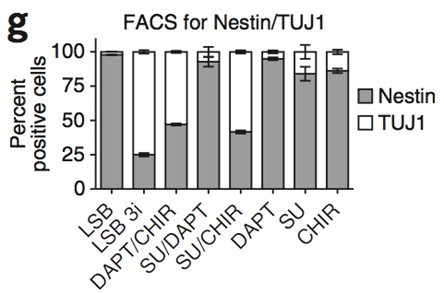
Recently, Kamoshita et al. (2016) evaluated a mouse model of retinal neuronal disturbance with the intraperitoneal injection of LPS and found that treatment with AICAR suppressed the reduction of conical function and decreased mRNA levels of TNF-α as well as improved mRNA levels of the mitochondrial
-
br The lipoxygenase pathway in diseases of the
2024-07-23
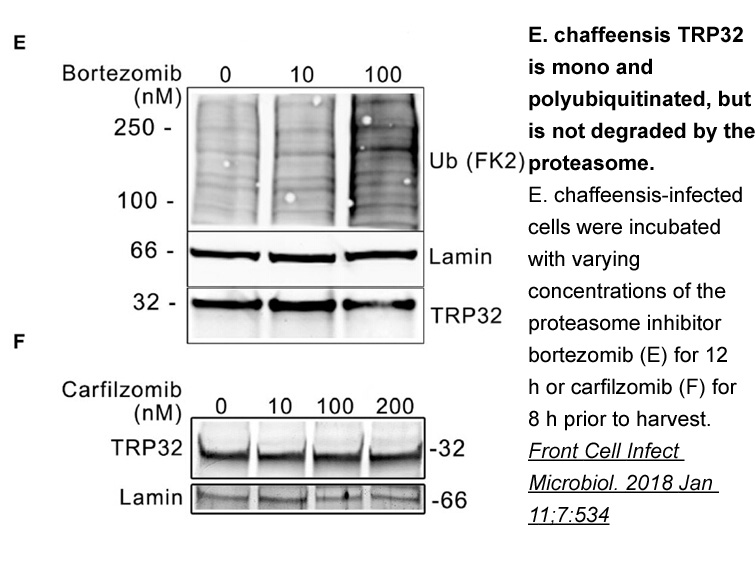
The 12/15-lipoxygenase pathway in diseases of the nervous system Conclusions and future perspectives Arachidonic KPT-185 and other polyunsaturated fatty acids, and their lipid metabolites, play very important roles in human health and disease. This review has outlined the functions of 12- and
-
To further clarify the vascular cell types expressing AR sub
2024-07-23

To further clarify the vascular cell types expressing AR subtypes, double immunofluorescence staining for ARs and vascular endothelial CCG 203971 or vascular smooth muscles was performed. As shown in Fig. 3, Fig. 4, overlay images show the expression of all ARs subtypes that we examined in vascular
-
StemRegenin 1 synthesis Control of retinal vascularization d
2024-07-23
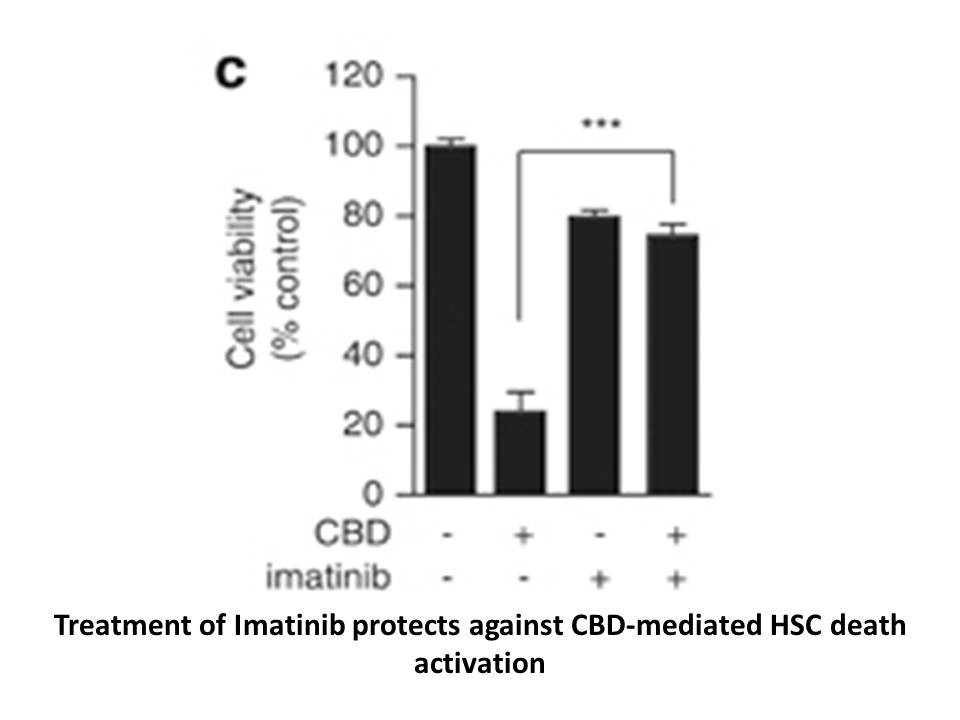
Control of retinal vascularization during development and OIR likely involves close interactions among endothelial cells, neurons and glial StemRegenin 1 synthesis (microglial and astrocytes) (see Fig. 2). In particular, the interaction between endothelial tip cells and astrocytes plays a critical
-
br Conclusions The present data suggest that homeostatic
2024-07-23
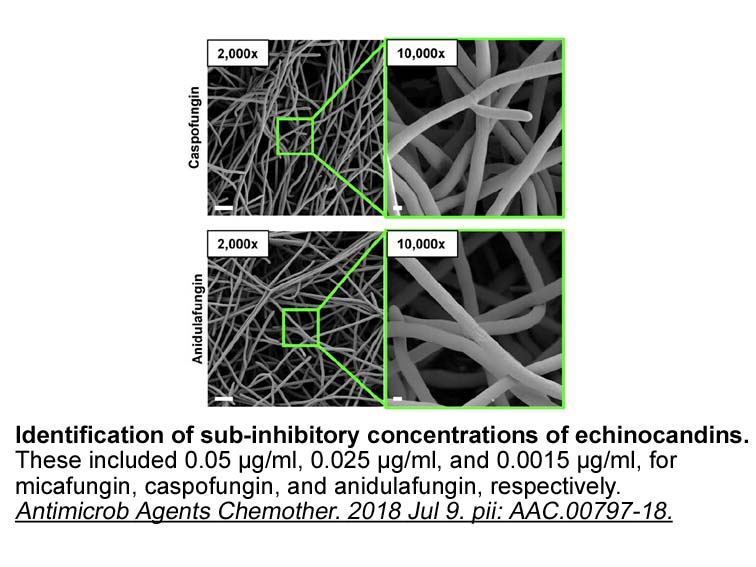
Conclusions The present data suggest that homeostatic balance of the cortical/hippocampal adenosinergic tone is necessary for normal working memory function and any deviation appears to impair performance – either as a consequence of A2AR under-activation when adenosine levels are reduced or due
-
br Introduction Epilepsy is characterized
2024-07-23
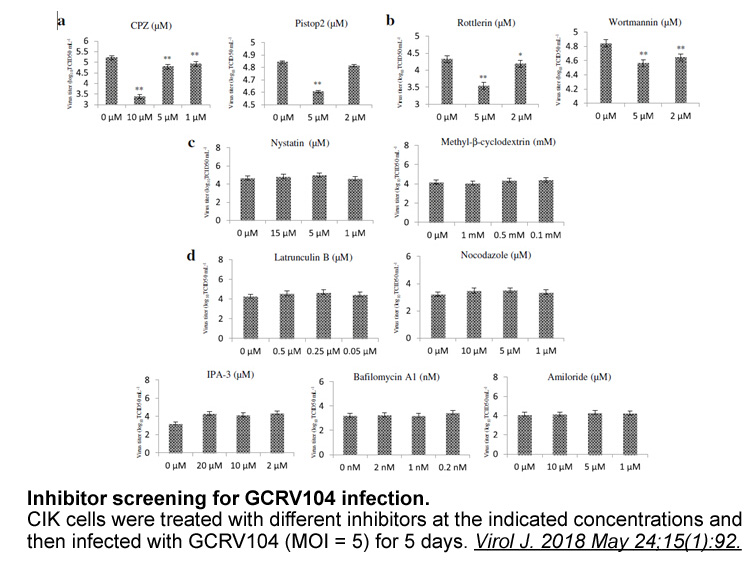
Introduction Epilepsy is characterized by spontaneous recurrent seizures and represents one of the most frequent neurological diseases affecting about 60 million people worldwide (McNamara, 1999). It is estimated that up to 50% of all cases are triggered by “initial precipitating injuries”, such
-
br Results br Discussion The
2024-07-23
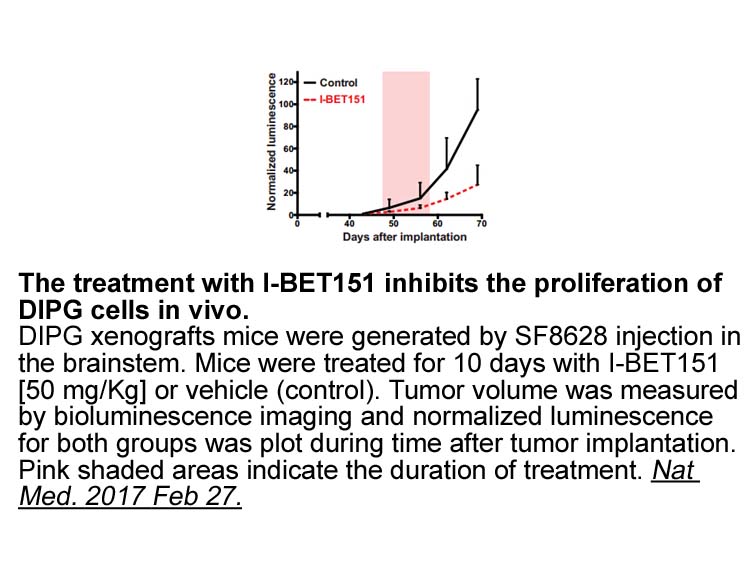
Results Discussion The ppy cytoskeleton is a highly attractive target for many bacterial toxins, owing to its role in activation and locomotion of immune cells, secretion of humoral response factors, and maintenance of protective barriers at the cellular (sub-membrane cytoskeleton) and organ
-
It is well known that the thymus plays
2024-07-23
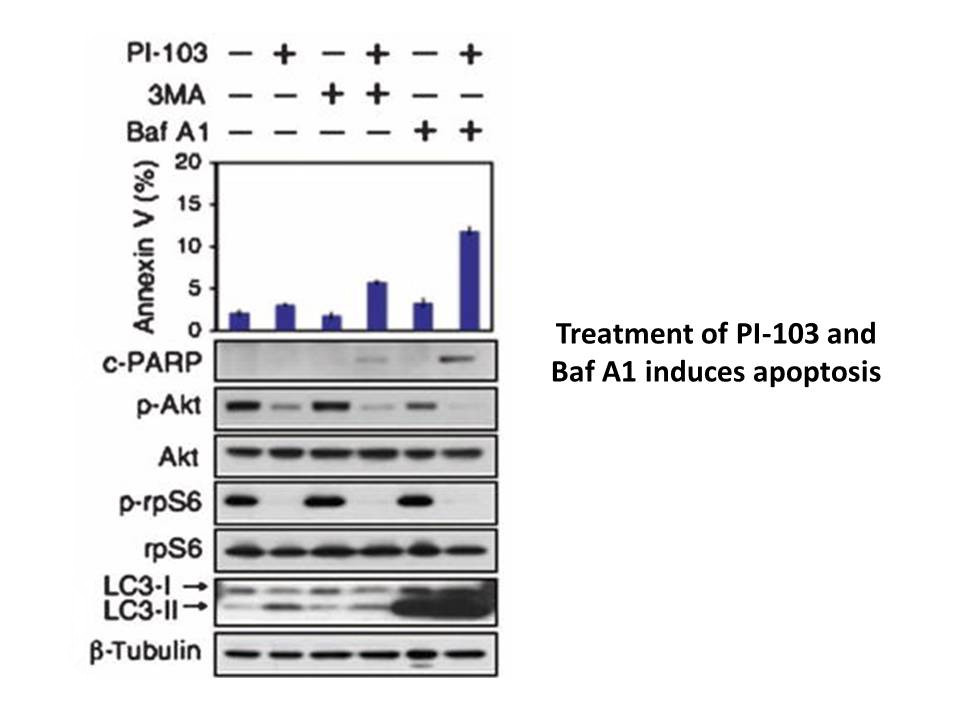
It is well known that the thymus plays an important function in the complex pathogenesis and perpetuation of MG. We compared resistin levels between patients with MG with or without thymoma and found that those with thymoma had higher levels than those without thymoma. It has been previously recogni
16484 records 117/1099 page Previous Next First page 上5页 116117118119120 下5页 Last page